Monroe County History: River Raisin Battlefield historical designation dates 1950s
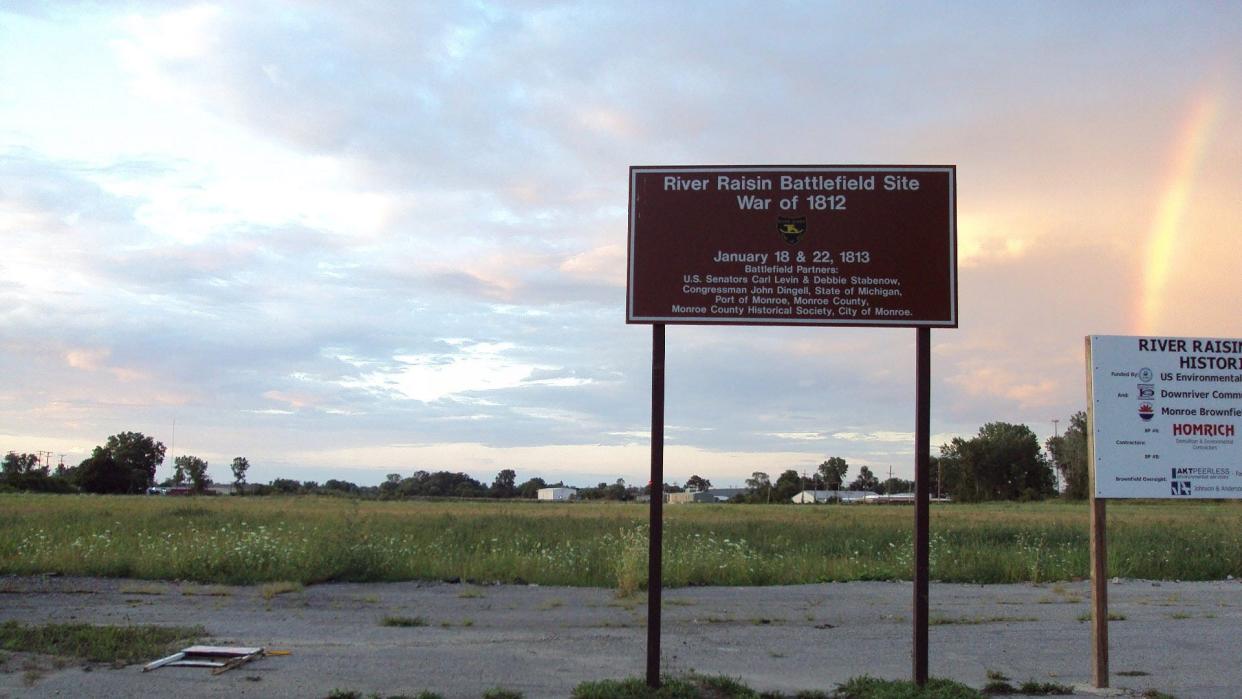
In the past, I have written about the River Raisin National Battlefield Park and its relationship to the War of 1812 and the Battle of Frenchtown. I have also written about Hull’s Trace — the corduroy road that connected Fort Wayne in Detroit to Ohio. Recent discussions about bringing electrification to Michigan’s national parks piqued my curiosity as to the lineage of the battlefield as a recognized park and tourist area.
The River Raisin Battlefield Site was listed as a Michigan Historic Site on Feb. 18, 1956, with efforts to establish its park status beginning earlier in the decade. The location of the site is bounded by North Dixie Highway, the River Raisin, Detroit Avenue and Mason Run Creek. Covering nearly 40 acres, the site is near I-75 to the east and near the site of the former River Raisin Paper Co. (also written about on these pages) that operated on the site from 1911 to 1995.
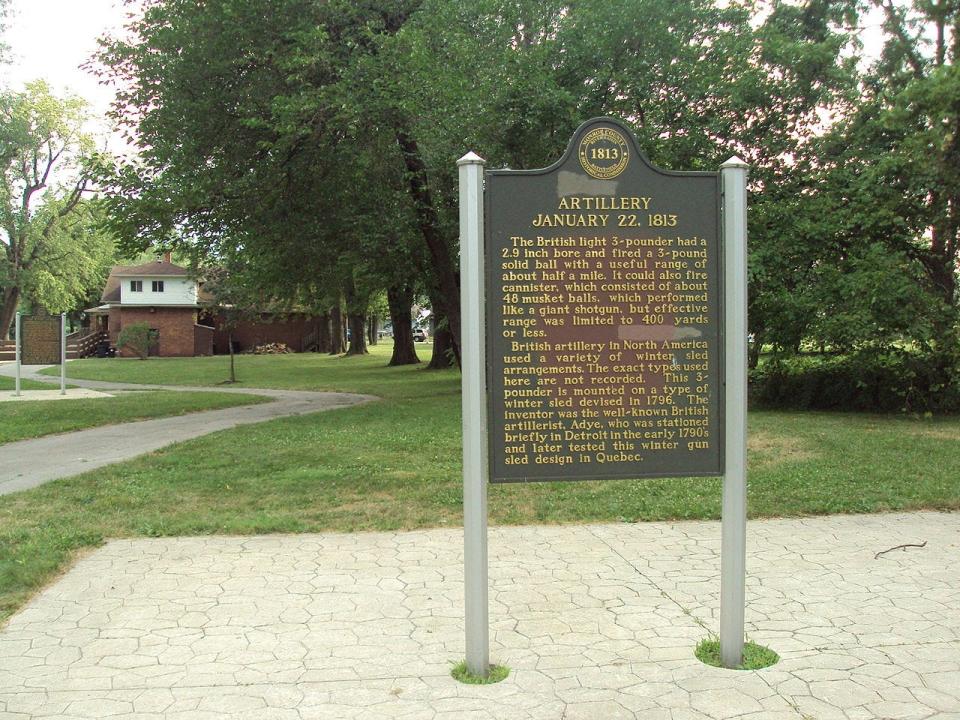
The River Raisin Battlefield site was recognized nationally when it was added to the National Register of Historic Places on Dec. 10, 1982. It was officially listed as the River Raisin Battlefield Site (20MR227). In July 1990, the Monroe County Historic Commission and the Monroe County Historic Society opened the River Raisin Battlefield Visitor Center within the site at 1403 E. Elm Ave. in Monroe. In 1995, the commission, the city of Monroe and the property owner at the time partnered to clean up the site — including wetland areas that were transferred to the state of Michigan to be included in an expansion of nearby Sterling State Park (cleanup began in 2006 and official land transfers completed in 2011).
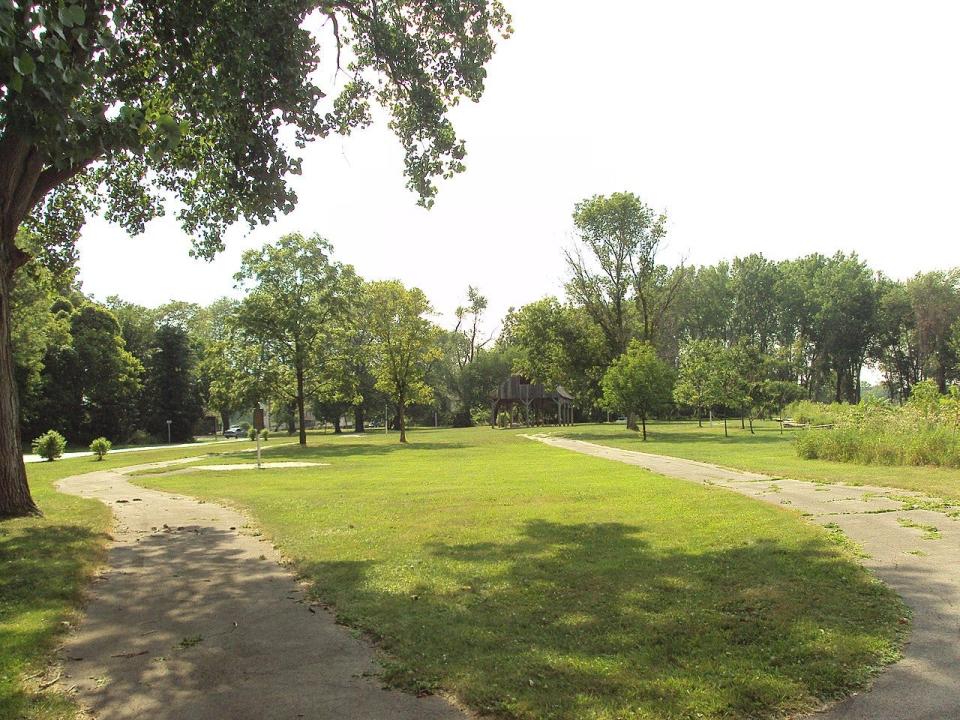
It was during this time that the most significant portion of the process to designate the area as a U.S. national park was started and completed. The River Raisin National Battlefield Act (H.R. 401.IH) was passed by the U.S. House of Representatives of the 111th Congress on Jan. 9, 2009. The legislation’s text said that the future national battlefield site would include land in both Monroe and Wayne counties that has been deemed significant to the Battle of Frenchtown.
The passing of the Omnibus Public Land Management Act on March 30, 2009, allocated funding necessary to promote the site to the official status of a National Battlefield Park. It was included in the bill thanks to the work of Michigan natives and United States Sens. Carl Levin and Debbie Stabenow as well as the late U.S. Rep. John Dingell, who was a local Monroe history enthusiast and supporter of the 12th District — to which he was first elected in 1955 and served for 59 years (the longest congressional tenure in U.S. history).
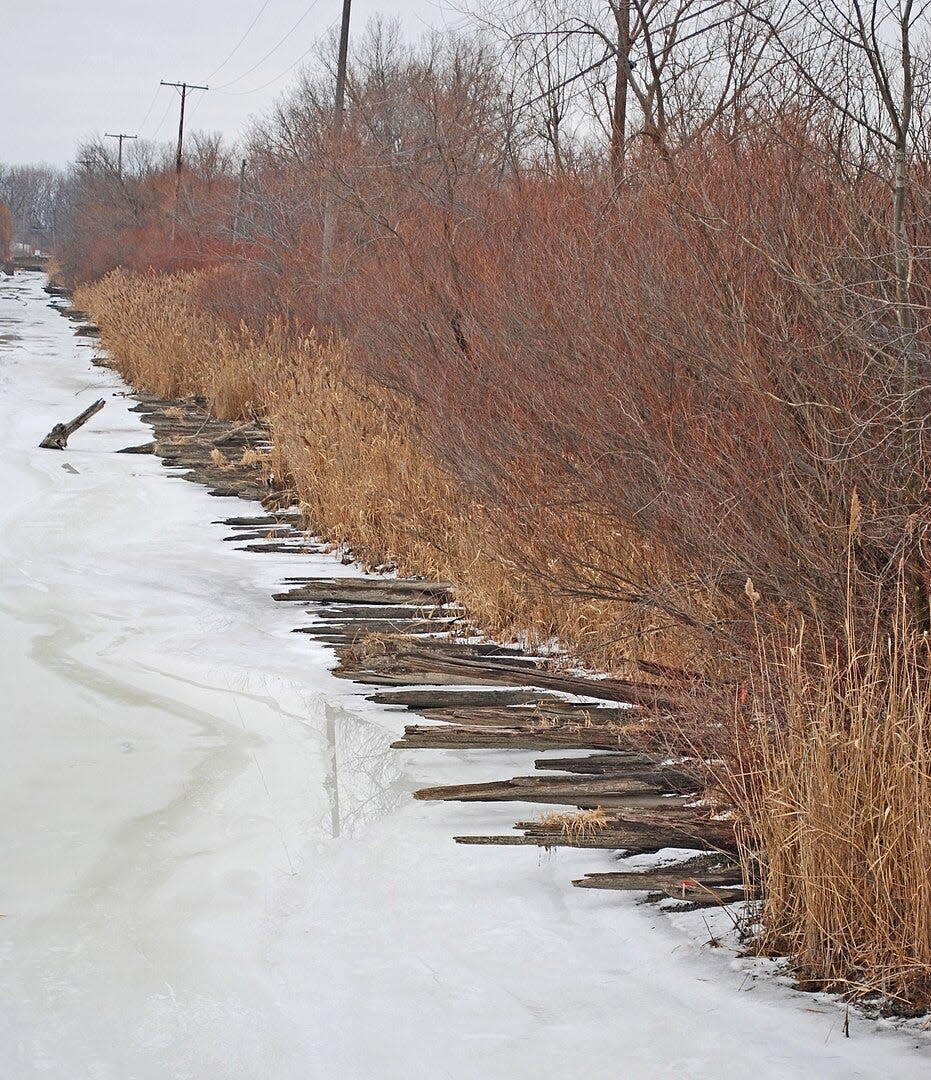
The River Raisin National Battlefield site is only the fourth national battlefield park in the United States National Park System and is the only one commemorating the War of 1812. Other national park designation categories include national battlefields (without "park" in their names), national military parks, national battlefield sites, national historical parks, national monuments, and national historic sites. River Raisin is the fifth national park unit in Michigan. Others include Isle Royale National Park, Keweenaw National Historical Park, Pictured Rocks National Lakeshore and Sleeping Bear Dunes National Lakeshore; Father Marquette National Memorial is an affiliated unit.
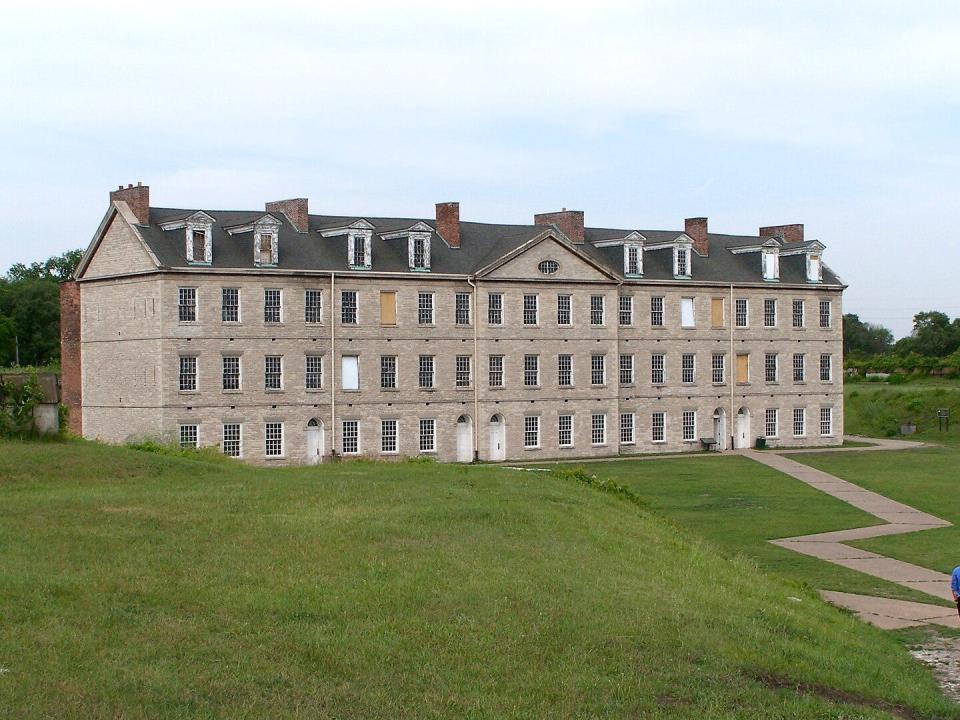
As mentioned earlier, the River Raisin Battlefield Park legislation includes land in both Monroe and Wayne counties that has been deemed significant to the Battle of Frenchtown. This includes ongoing efforts to add Fort Wayne to the park’s coverage area. In 2014, Hull’s Trace (beginning at West Jefferson Avenue in Brownstown Township) was officially added to the park.
— Tom Adamich is president of Visiting Librarian Service, a firm he has operated since 1993. He also is project archivist for the Greening Nursery Co. and Family Archives and the electric vehicle awareness coordinator at Monroe County Community College.
This article originally appeared on The Monroe News: Monroe County History: River Raisin Battlefield historical designation

